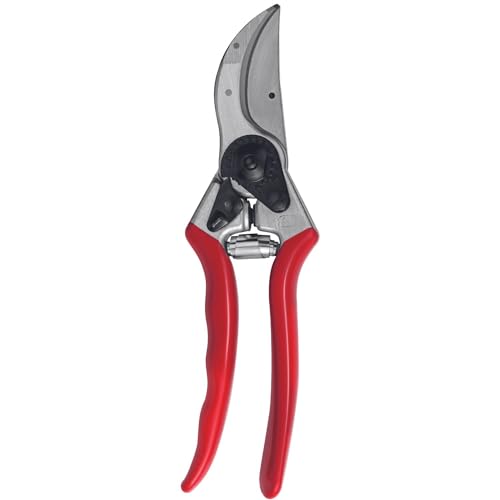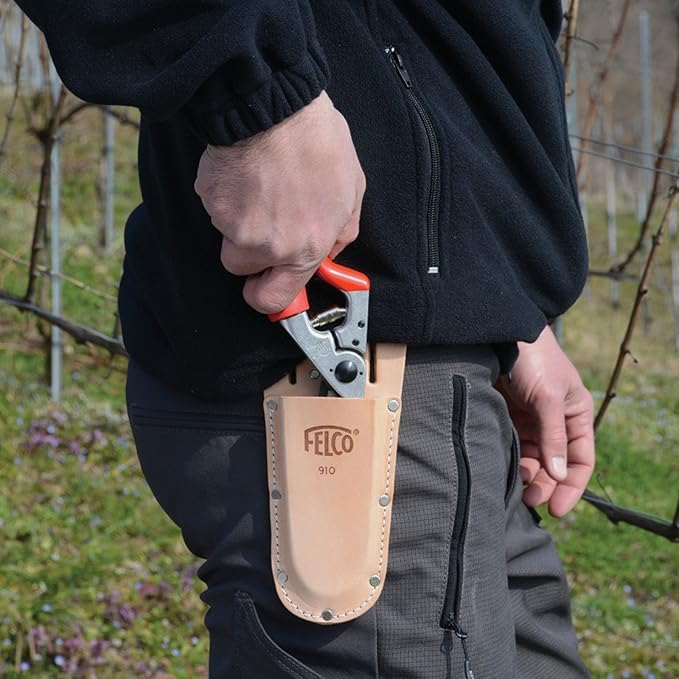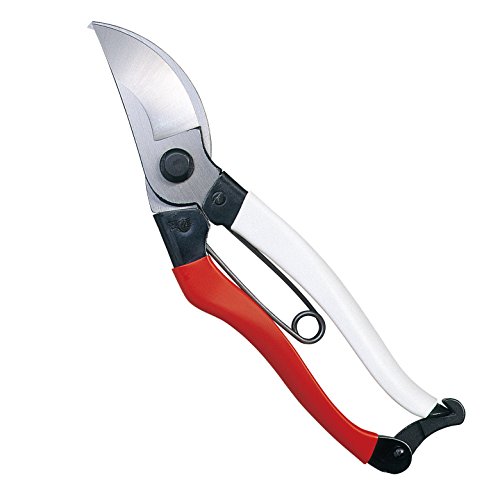7 plants I always prune in August as a professional gardener – trim these flowers and shrubs now before it's too late
Late summer pruning can make all the difference to the look and vitality of your plants

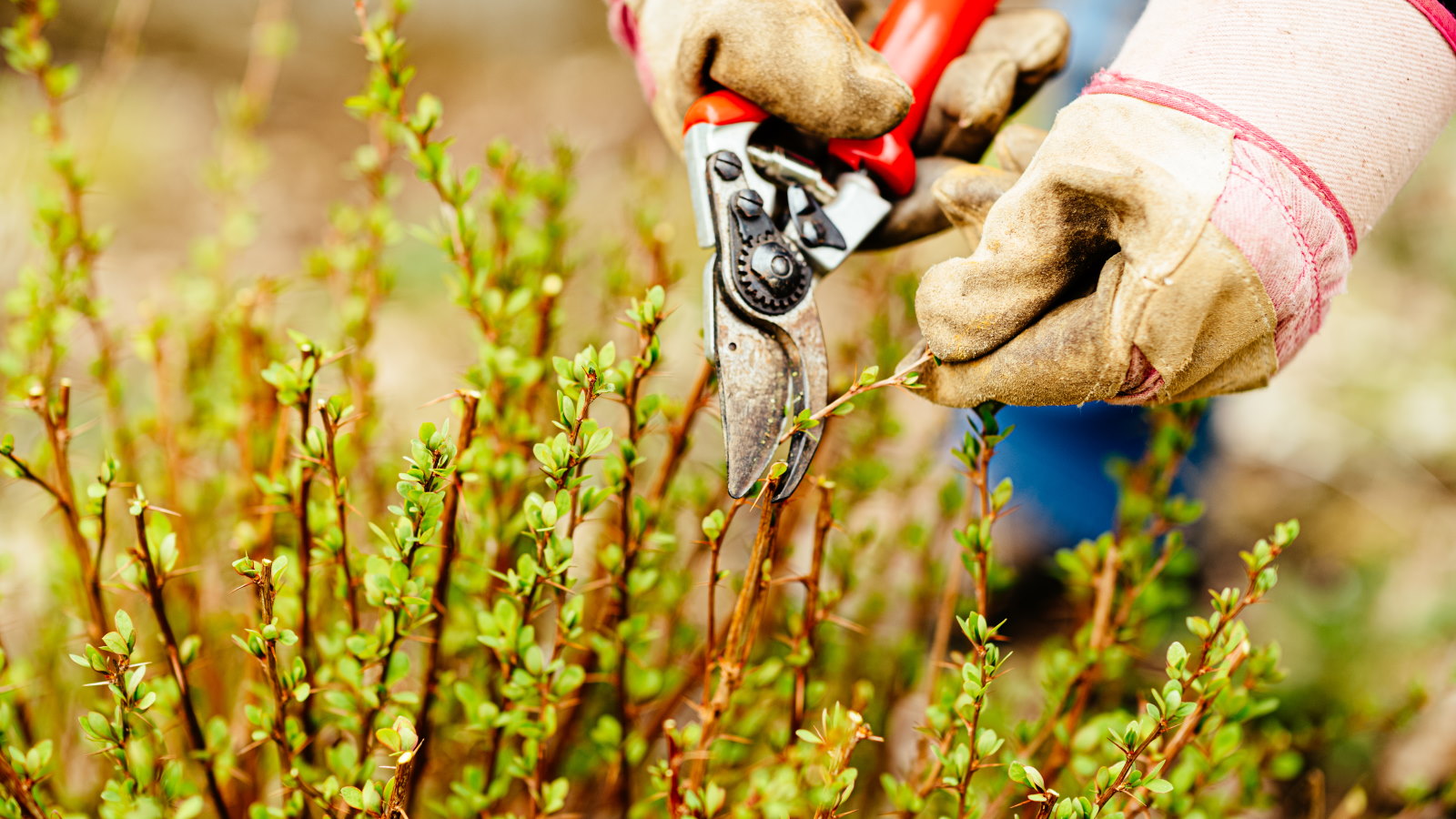
There’s a particular mood in the garden in August, I find. Growth in pots, borders and meadows begins to slow, and with it, our pace, too. Stems stretch out, blooms brown, and a golden haze settles on everything. It’s not quite the full collapse of fall, but a much-needed summer exhale after the chaos of the season. And yet, there is still pruning to be done. Not a drastic haircut, the kind reserved for winter and spring, but some shrubs and trees do benefit from a well-timed trim now.
I’ve pruned many plants in many different gardens where I have worked. On wobbly ladders in Tuscan courtyards, squinting up at unruly wisteria. Perfectly formed box balls in South Wales using wooden stencils to get the curves just so, as well as training hawthorn hedges in London and having the scratches to show for it. Some gardens were clipped and formal, others loose, wild and more carefree. But in all of them, this month called for some delicate pruning by a slower hand.
So, whether you’re tackling runaway climbers or leggy herbs, this is the moment for gentle shaping. Here are seven plants to prune in August that I always add to my summer gardening checklist.
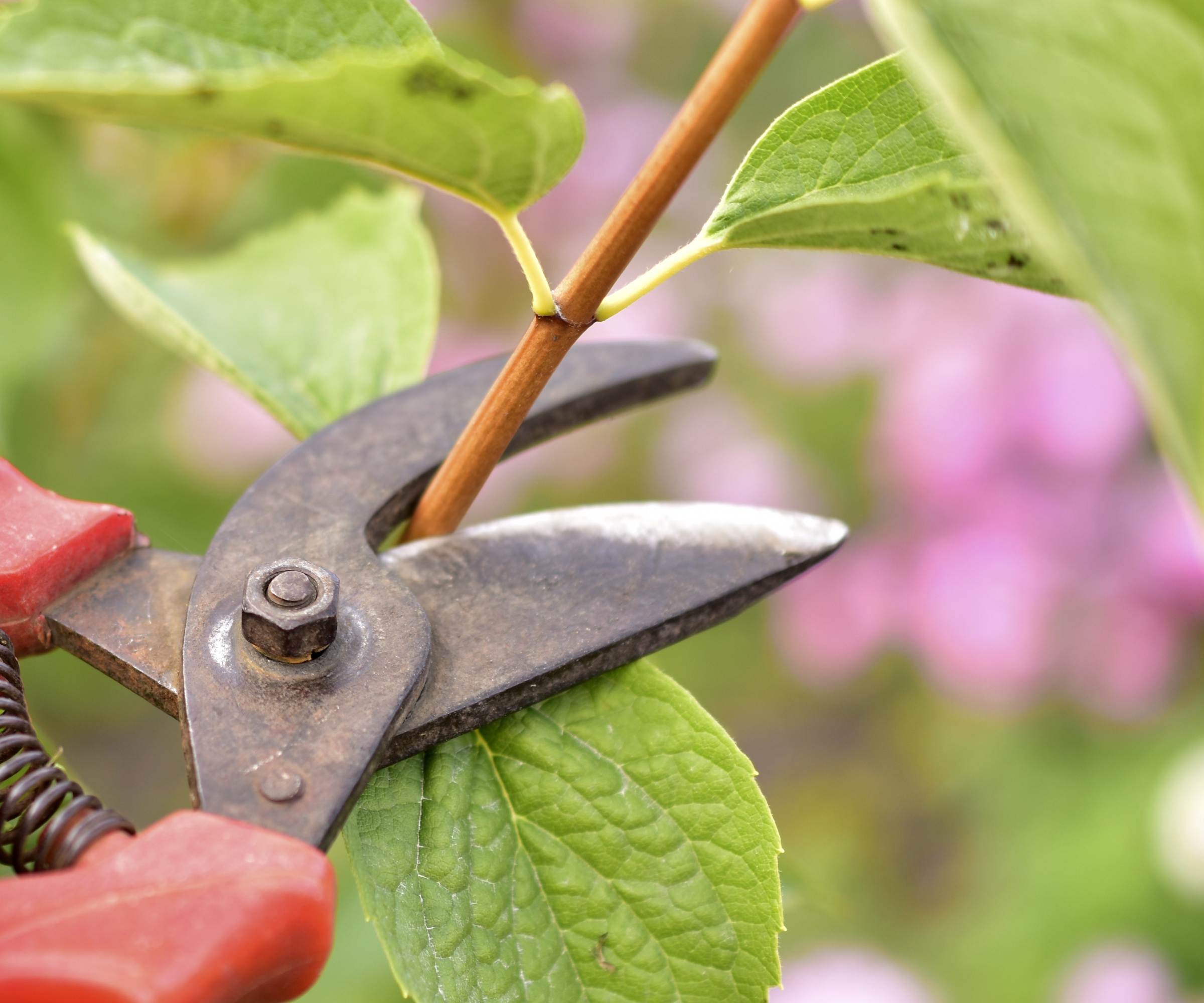
7 plants to prune in August
Before you reach for the secateurs, it’s worth knowing that there are many plants not to prune in summer. Some, like rhododendrons and camellias, set their buds in summer for next year’s flowers, so if you cut them now and you’ll lose the following spring’s show.
But others thrive with a little August attention. Trimming and tidying this month can help to keep shrubs and trees in good health and looking compact and bushy.
Just remember, timing matters. Regardless of where you live and your US hardiness zone, chances are August will be hot. And, if you’re in the middle of a heatwave, with temperatures soaring above 80°F (26°C), step away from the loppers and pruners.
I would always suggest waiting for a cooler morning or an overcast afternoon, which will be better for the plants and much easier on you, too. Here are seven plants to prune in August.
Design expertise in your inbox – from inspiring decorating ideas and beautiful celebrity homes to practical gardening advice and shopping round-ups.
1. Box

I’ve shaped a lot of box in my time, from small, neat spheres to long, cloud-like blobbery planting in formal beds.
In terms of when is the time to cut topiary, it will depend on what species you grow, but for box, I recommend trimming twice a year. Usually, once in late spring (taking off one third of growth) and again now, in August, when the main flush has slowed.
This second trim helps box hold its shape right through to winter and stops it looking shaggy.
For young plants, you might want to take a little more off to maintain the shape, but I have often found that with mature specimens, a gentle tidy is all that’s needed, just enough to restore clean lines.
Avoid cutting any later than this, really, as any soft new growth can shoot up and get caught out by early frosts in October.
For an even topiary cut, try this cordless electric hedge trimmer by Ryobi, available at Home Depot now, which is highly rated by users.
2. Thyme
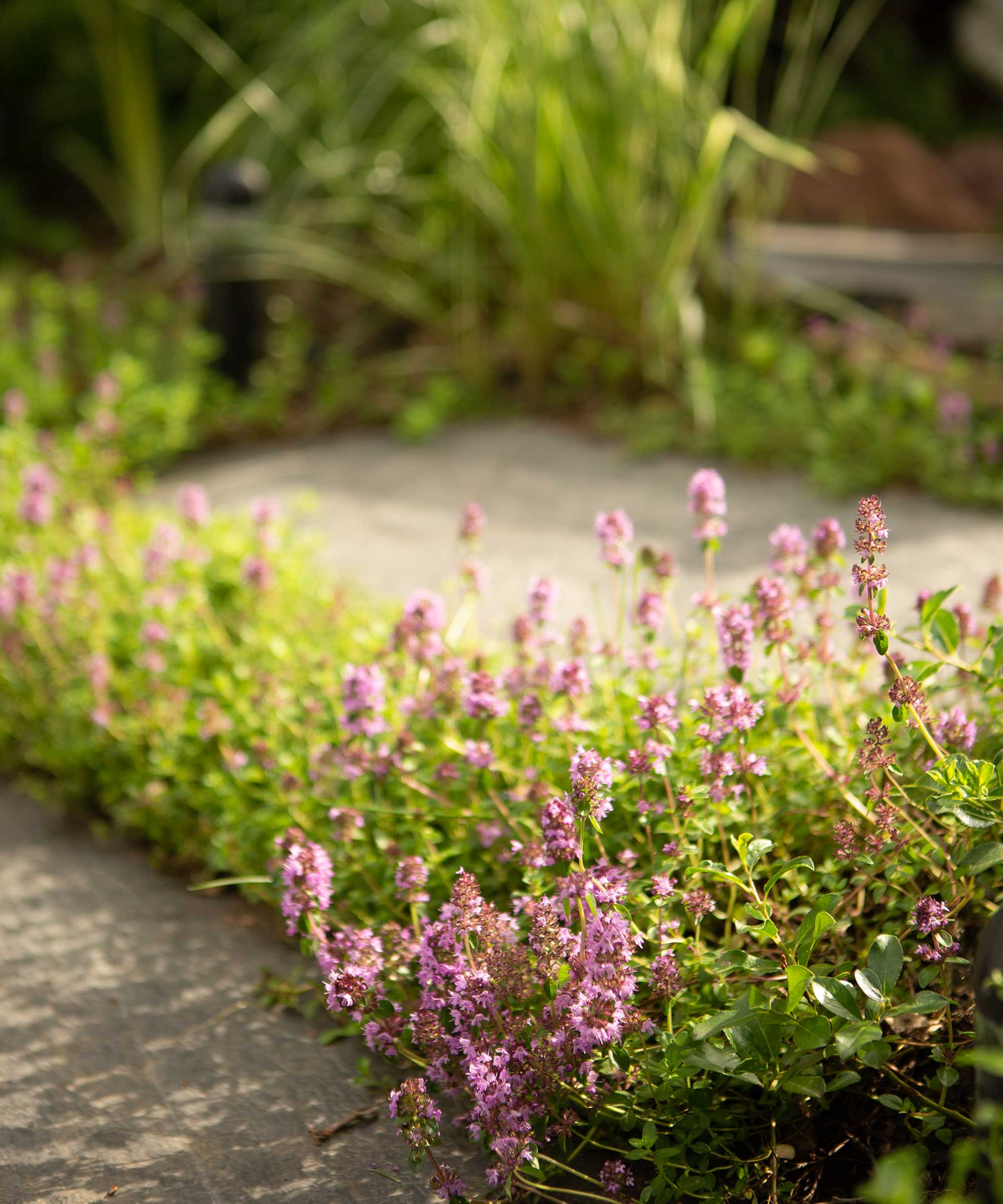
I’ve seen creeping thyme grow through cracks and along paths in many different settings. I loved it spilling over the path in one Tuscan garden, where it would hum with bees, scenting the air when brushed.
But like all Mediterranean aromatic herbs, if left uncut too long, it gets woody and sparse at the center. And, let's face it, while this might look aged and characterful, woody thyme and woody lavender never look that attractive.
So, giving your plant a little trim in August, once flowering has finished, can help to keep it compact and bushy.
With thyme, like other herbs, don’t cut into bare wood, as you might end up killing the plant.
And, one more tip. Avoid doing this during scorching afternoons or weeks where the weather is extreme (common in zone 9), which can stress the plant.
Pick a mild day, trimming in the morning using something like these highly rated Felco F2 pruners, available to order via Amazon, which will easily cut the top few inches.
3. Climbing hydrangea
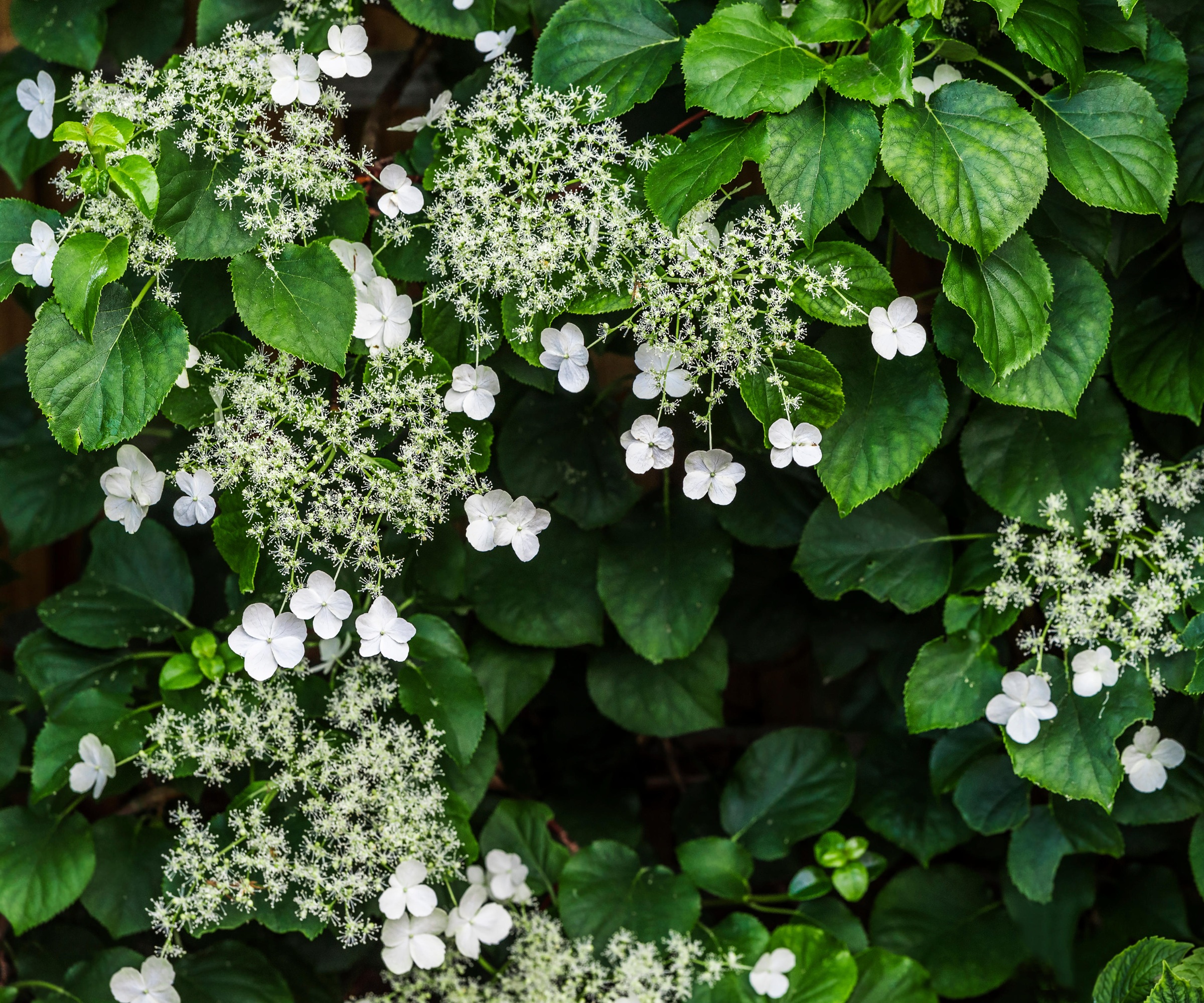
I once worked in a garden where a climbing hydrangea covered an entire exterior wall of the house, reaching up to the chimney. It was magnificent, sure, but also a time-intensive plant to prune, and one that required a long ladder.
If this is the case for you, too, try this telescopic ladder available from Amazon, which is ideal for reaching taller vines, but also compact for storing in the garden shed.
Climbing hydrangeas are some of the best evergreen climbers and also some of the best hydrangea varieties, but they do require some annual attention.
In terms of how to prune climbing hydrangeas, then, August is the time to tidy. Trim back after the white flowers have finished blooming (they will have turned brown by August) to maintain shape and encourage shoots and growth lower down.
It is important to prune climbing hydrangeas annually, as over time, they can become woody and heavy, and with strong winds and snow in fall and winter, a collapsing plant can cause damage.
4. Bottlebrush
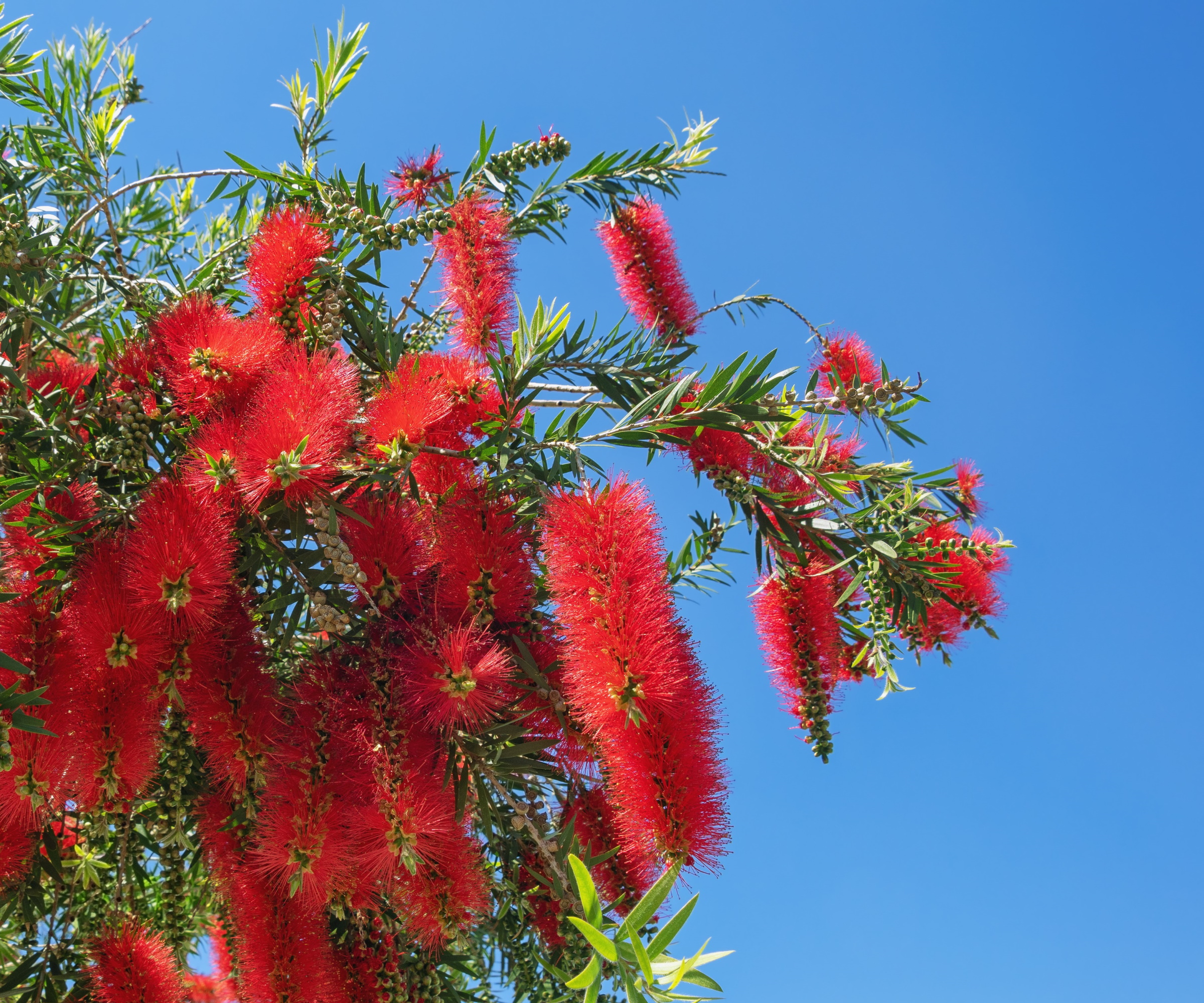
Bottlebrush plants are part of the Callistemon plant family and they make great flowering shrubs for sunny yards in borders and pots.
I have known them to require very little water even during hot and dry summers, so they are ideal if you want shrubs that thrive on neglect.
Pruning your bottlebrush shrub in August is important, by which time it will have finished flowering.
Doing so at this stage in the growth cycle will ensure your plant remains compact and bushy, and will leave plenty of time for new shoots and green growth to harden off before the cold of winter.
If you want to carry out some heavy pruning and remove any thicker branches, use something like these heavy-duty loppers from Fiskars, available online now at Amazon, which will easily cut through larger stems.
5. Japanese holly
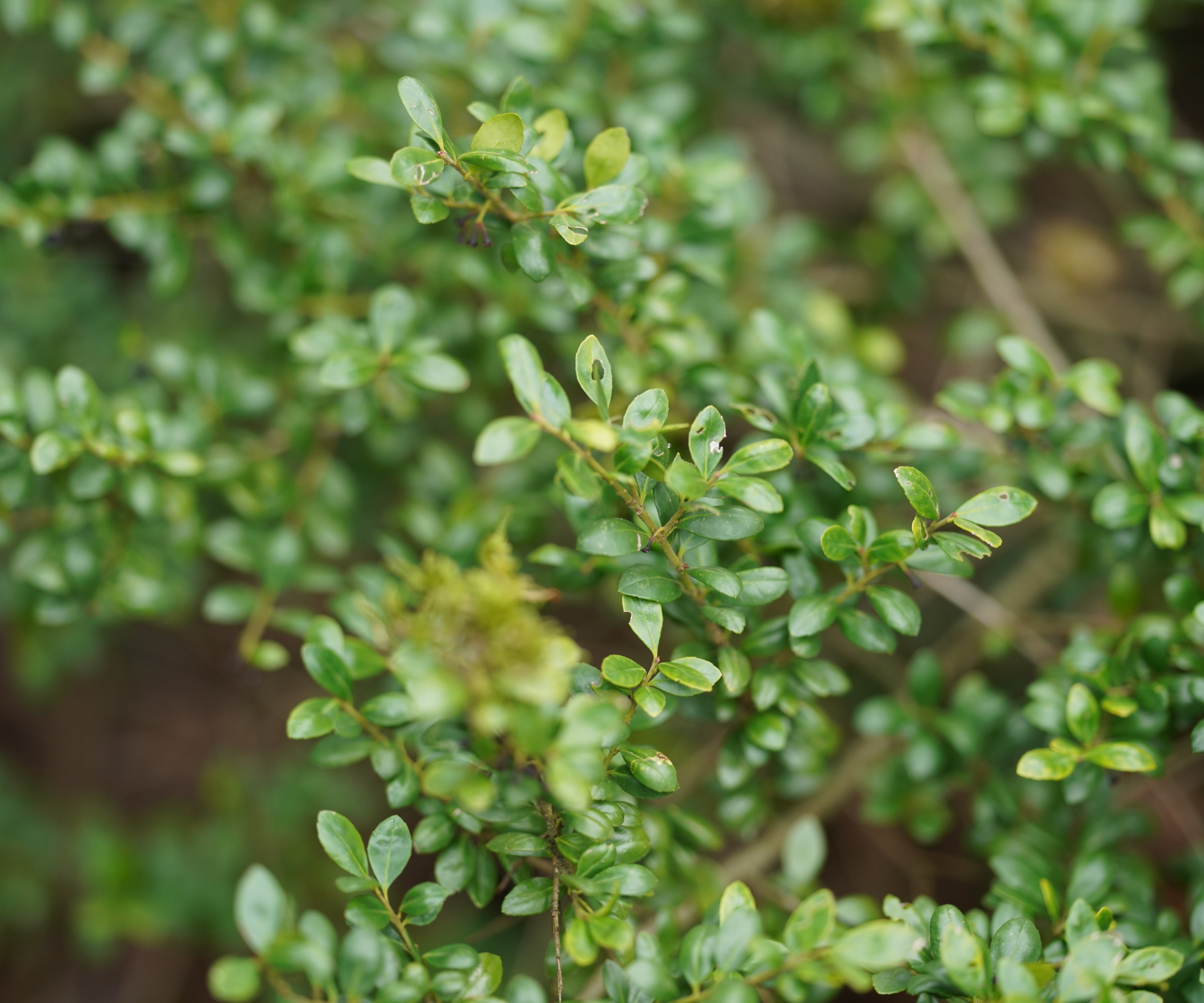
By August, your Japanese hollies, or Ilex crenata, might look a bit wild, especially if grown as topiary. Even a few inches of growth can lessen the impact of a sharp dome or pyramid display.
So, while these are some of the best low-maintenance evergreen shrubs for a front yard, learning how to prune holly bushes in August will help to keep your borders and pots looking crisp.
I would suggest cutting Japanese holly no later than two months before your average first frost. So, if you live in a cooler zone, like zone 4 or 5, it is a good idea to get trimming and shaping early in August, to give your plants enough time to harden off before the frost and snow arrive.
To achieve a nice, clean and uniform cut, use something like these Suizan long-handled loppers, available via Amazon, which are highly rated Japanese gardening tools that are built to last.
Remember also that Japanese hollies are considered toxic to humans and can irritate the skin, so I would suggest wearing gardening gloves when pruning.
6. Wisteria
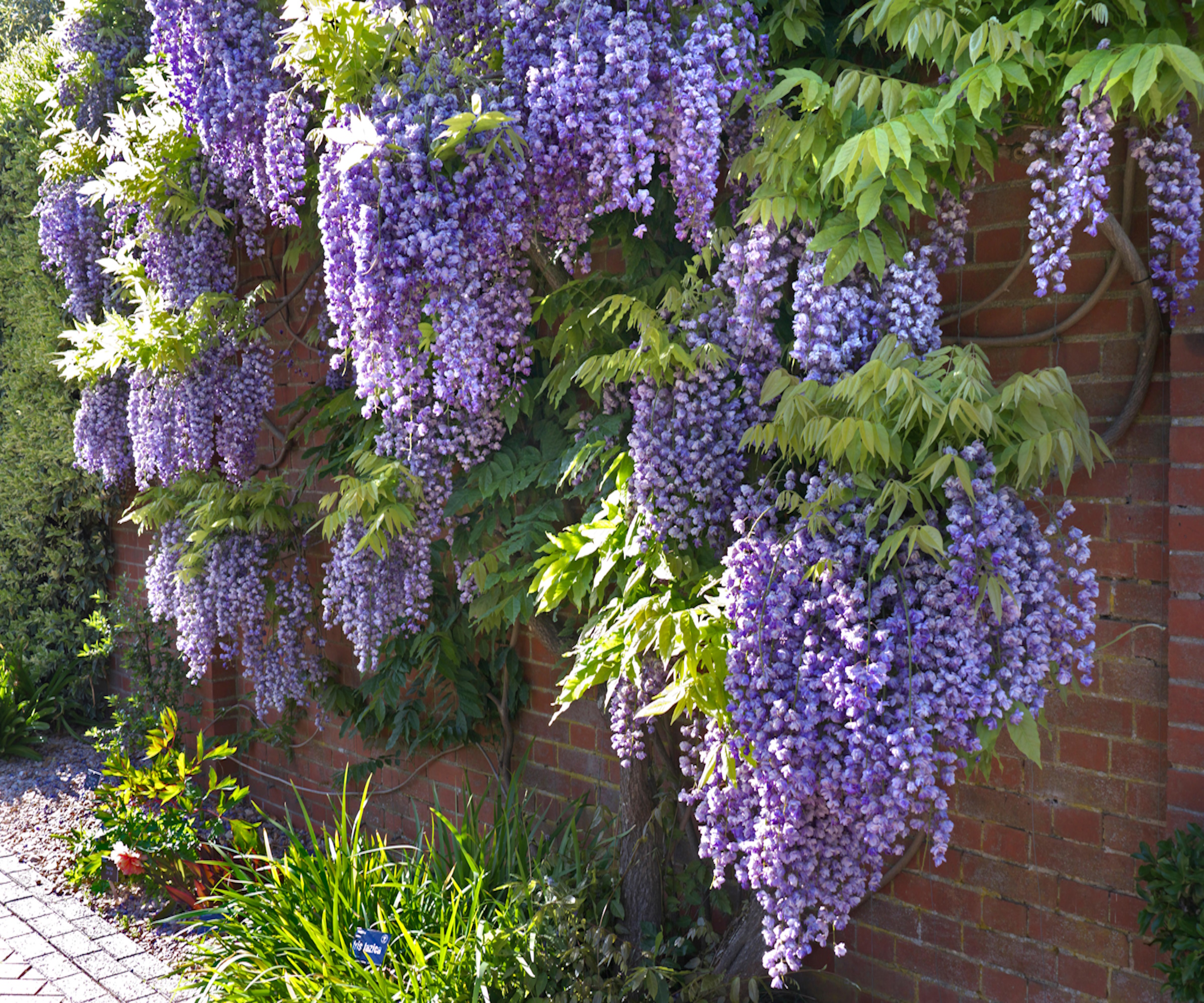
Wisteria vines can get out of control if not regularly pruned. If you go on vacation for a few weeks during summer, chances are you will return and your wisteria will have decided to produce many feet of unruly growth.
Chinese wisteria,Wisteria sinensis, is known for its aggressive growth rates, which means they are considered an invasive climber in 19 US states, including Illinois. So, keeping an eye on growth and spread is important.
Whether you grow wisteria in pots or borders, most gardeners opt to prune wisteria twice during the year.
Once in winter, which is for hard pruning and training, usually around December or January. And, secondly, you must prune wisteria again in August, which is largely for thinning and cutting back any long whippy new stems.
Simply cut back those long new shoots to five or six leaves, which encourages buds to form where you want next year’s flowers to hang. Leave the bigger pruning and shaping for winter.
If there are any out-of-reach whippy stems, use something like these highly rated Fiskars extendable pruners, available now via Amazon, which will help to clear all long and messy growth.
7. Lavender
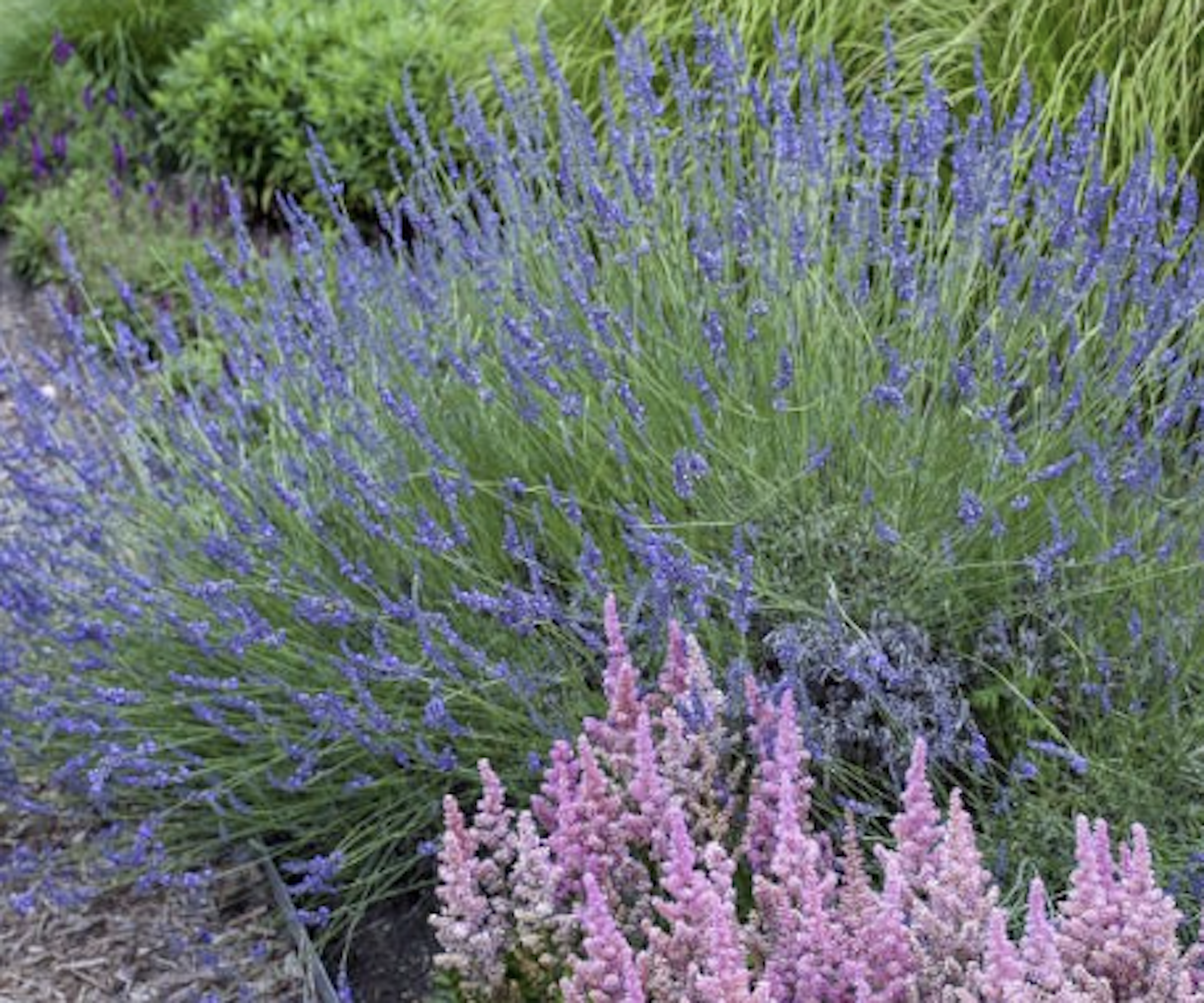
If you want to avoid having woody lavender plants in your yard, summer pruning is essential.
Whether you grow English or French lavender, or any species for that matter, trimming in August is a good idea to keep plants compact and bushy.
The golden rule is never to cut into the woody base, however, so be sure to only cut down into green growth, taking off a few inches or as much as you think necessary.
This keeps your lavenders looking tidy, and, while it might feel a little cruel, especially as these fragrant shrubs look and smell so good during August, a bit of tough love now will prolong the life of these herbs.
If you want to add a new plant to your patio pots this year, try French lavender, with live plants available via Walmart.
Whatever tools you are using for your pruning jobs in August, be sure to keep your equipment clean and sharp.
Try something like this Okatsune sharpening stone, available via Amazon, which will help to keep your loppers and pruners in good (and effective) condition.
Our guide on sharpening stones has all the information to take you through the process.
Shop pruning accessories

Thomas is a Content Editor within the Gardens Team at Homes and Gardens. He has worked as a professional gardener for both public spaces and private estates, specializing in productive gardening, growing food and flowers. Trained in Horticulture at the Garden Museum, he has written on gardening and garden history for various publications, including The English Garden, Gardens Illustrated, Hortus, The London Gardener and Bloom. He has co-authored a Lonely Planet travel book, The Tree Atlas, due out in 2024.
